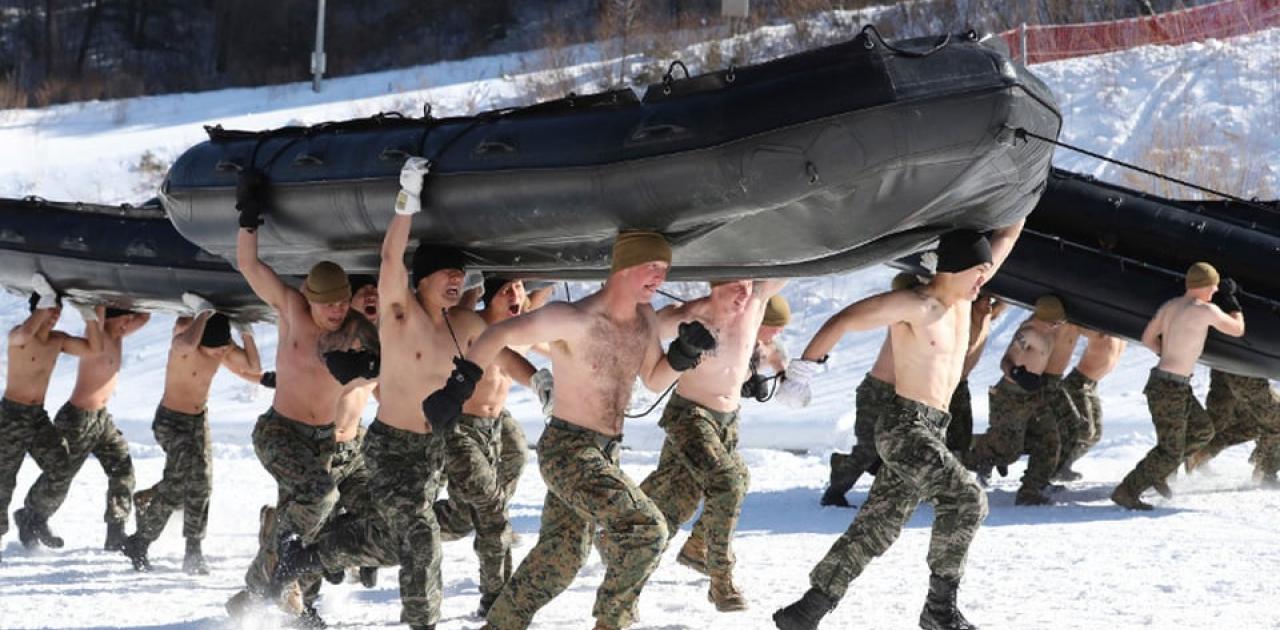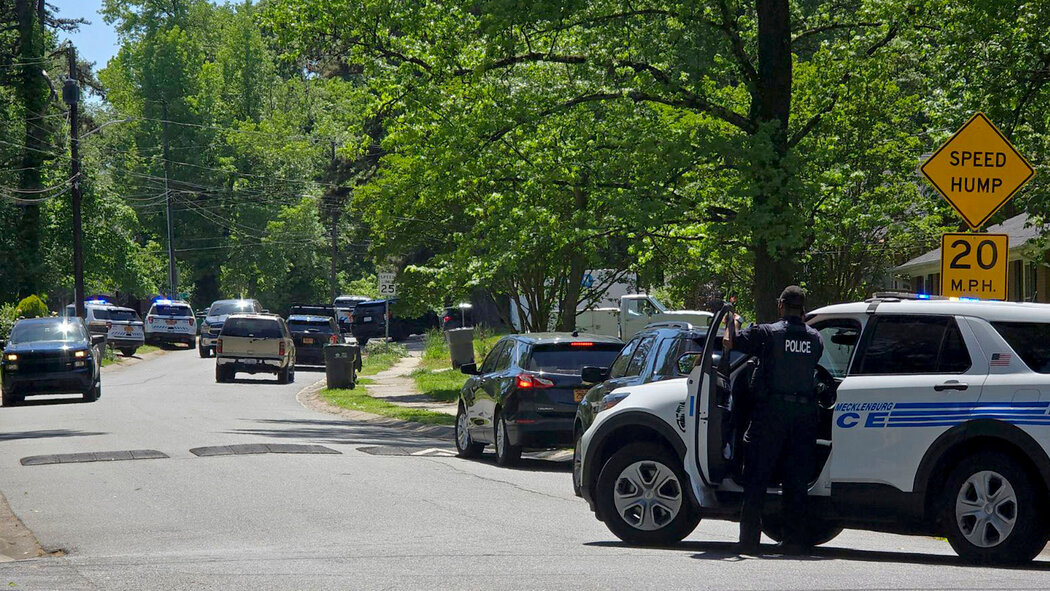
The weak point for the United States is its military logistics in the Pacific
As the war rages in Ukraine and the Gaza Strip and the European Union prepares to send a small fleet to the Red Sea to prevent attacks on commercial ships by Houthi rebels in Yemen, the United States is feverishly preparing for a possible dialogue with China.
The weak point for the United States is its military logistics in the Pacific
“The US military is stockpiling supplies in Australia in preparation for any confrontation with China“, He says International mediawhich indicates:
“The air operations have made headlines for allies working to deepen defense cooperation to counter China's growing military ambitions.
But for a United States preparing for a potential conflict over Taiwan, the Talisman Saber exercise had an even more special value, as it “helped build” new stocks of military equipment that will be installed in Australia after the exercises end in August, US officials said.
The United States and its allies are increasingly concerned that Chinese President Xi Jinping may order his military in the coming years to occupy Taiwan, the democratically ruled island that China considers its territory.
So the US Army is taking a hard look at its military preparedness and trying to cover its logistics network in a critical area
The Army says Talisman Saber equipment included about 330 vehicles, trailers and 130 containers in warehouses in Badiana, north-east Victoria.
The amount of equipment the US Army now has is enough to supply about three logistics companies with up to 500 or more soldiers.
It's the kind of material needed for future training, natural disasters, or war.
“There are a number of other countries in the region that we already have agreements to do this,” said General Charles Flynn, the top US military commander in the Pacific, without naming the specific countries.
Reuters interviews with more than two dozen current and former U.S. officials found that U.S. military logistics in the Pacific are one of the biggest vulnerabilities the United States faces in any potential conflict over Taiwan.
Chinese design
The United States concluded that China would likely try to bomb fuel supplies or supply ships, crippling U.S. air and naval power without having to strike its own fighter jets or sink the U.S. fleet of surface warships, according to current and former officials and experts.
In response, the United States is trying to expand its military supply chain centers throughout the region, including warehouses in Australia, officials said.
Asked about Reuters' findings, the Pentagon said the Defense Department was working with allies to make US forces more mobile and well-distributed.
The Chinese embassy in Washington did not comment directly on the Reuters report, but a spokesman said the United States should “stop creating factors that could increase tensions across the Taiwan Strait.”
The Australian Embassy in Washington referred questions to the Department of Defense, which did not immediately respond to a request for comment.
Critics say Washington's network remains limited and that the government has not allocated enough money or urgency to the effort.
The year 2027 is a milestone for China's occupation of Taiwan
The US Army's logistics arm, US Transportation Command (TransCom), has had great success.
It has transferred more than 299 million kilograms of equipment and more than two million artillery shells to the Ukrainian army in its war with Russia.
American officials and experts acknowledge that supporting Taiwan, located about 100 miles from the coast of China, will be more difficult.
The United States has not officially said it will intervene if China attacks Taiwan, but President Joe Biden has repeatedly indicated he will deploy US forces to defend the island.
US officials say Xi ordered his military to prepare to occupy Taiwan by 2027, but many analysts see this as an attempt to mobilize his army rather than a timetable for an invasion.
A senior US military official, speaking on condition of anonymity, said ammunition supplies top the list of priorities in the Indo-Pacific region, followed by fuel, food and spare parts.
“If we run out of ammunition, it will be an immediate problem,” the official said, adding that emergency planning in Taiwan was already underway.
US officials warn that in any major conflict, naval ships could quickly run out of missiles.
America's war game awakens Congress
In a war exercise organized by the US Congress in April, China prepared for an amphibious attack on Taiwan by launching massive air and missile strikes against US bases in the region.
This included the US Naval Base on the Japanese island of Okinawa and Yokota Air Base west of Tokyo.
The potential impact of the attacks on U.S. logistics centers, fuel tankers and aerial refueling tankers was a “wake-up call” for many lawmakers, said Becca Wasser of the Center for a New American Security (CNAS), which ran the war games. . .
“China will intentionally strike some logistics centers to make it difficult for the United States to maintain its business in the Indo-Pacific region,” Wasser said.
To counter these vulnerabilities, the U.S. military is looking to places like Australia as safer locations to store equipment, even as it expands cooperation with the Philippines, Japan and other partners in the Pacific.
The Biden administration announced in July that the US would also establish a temporary logistics hub in Badiana with the aim of eventually establishing a “permanent logistics support area” in Queensland.
According to an internal US military document seen by Reuters, the facility in Badiana can accommodate more than 300 vehicles and contain 800 pallets.
In July, the US Air Force conducted Exercise Mobility Guardian 23, an exercise in the Indo-Pacific region with Australia, Canada, France, Japan, New Zealand, and the United Kingdom, which included air-to-air refueling and medical evacuations..
Change the mind of the US Army
For decades, the United States has not had to worry about a foreign power targeting its supply chain bases. This allowed planners to focus on efficiency by adopting a just-in-time supply model.
This approach led to the cost-saving decision to establish large bases, such as Ramstein Air Base in Germany, that would be safe from Taliban and ISIS attacks.
But a conflict with China could make major bases, which include Camp Humphreys near Seoul, prime targets.
This risk is prompting a shift to a more expensive approach to logistics, which involves distributing US stockpiles and pre-positioning supplies throughout the region.
Another costly problem is America's aging tanker fleet. The average age of ships designed to transport heavy cargo such as tanks in a conflict zone is 44 years, with some more than 50 years old.
A comprehensive analysis by CNAS concluded that “the Department of Defense has not systematically invested in logistics in terms of money, mental energy, physical assets and personnel.”
Senator Roger Wicker, the top Republican on the Senate Armed Services Committee, said the Pentagon and Congress need to focus more on bases and logistics in the Pacific.
“Our ability to prevent conflict in the Western Pacific over the next five years is nowhere near where it needs to be,” he said.
War between the United States and China in the Pacific is inevitable
Our assessment based on the above is that we are going through a period of intense US-Chinese preparations for a military confrontation in the Pacific Ocean, as it is noted that it is the only region on the planet in which Russia, China and North Korea are competing. Of the United States, geographically located.
In our view, war in the Pacific is inevitable, as there are three separate potential theaters of operations.
China is with Taiwan, North Korea is with South Korea and Japan, and Russia is with Japan regarding the Kuril Islands.
The common denominator in the three theaters of operations is the United States

“Hipster-friendly coffee fanatic. Subtly charming bacon advocate. Friend of animals everywhere.”





More Stories
North Carolina: 4 police officers were killed in an exchange of gunfire while executing an arrest warrant
More than 200,000 people have registered on the platform
Middle East – Blinken: Israel's “extremely generous” offer to Hamas regarding Gaza